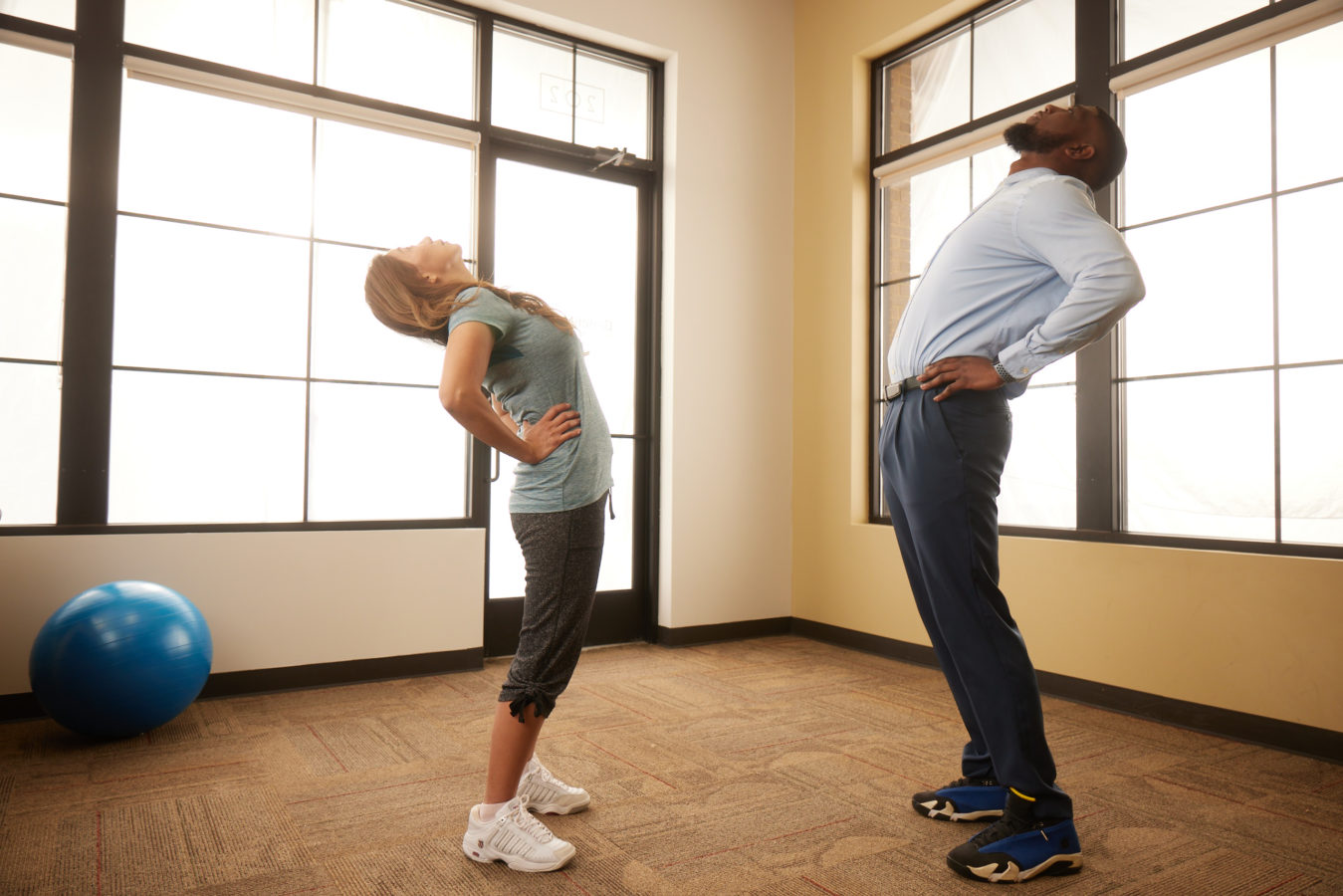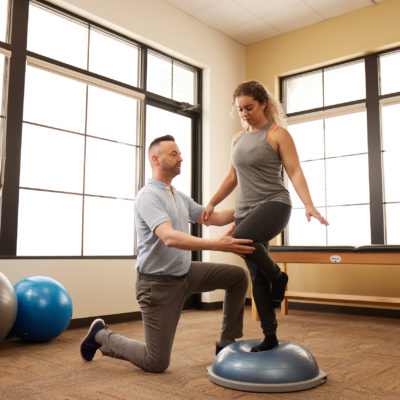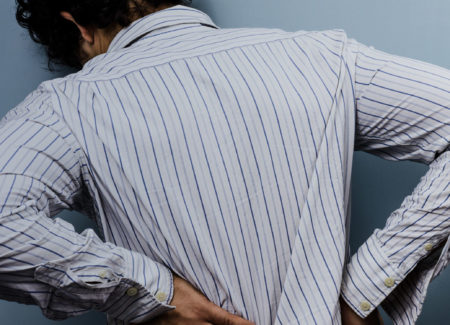
Spinal stenosis is caused by narrowing one or more areas in the spine. It can cause pain, numbness, and discomfort that can affect multiple body parts.
Spinal stenosis is narrowing one or more areas in your spine, most often in your neck or lower back. Spinal stenosis can cause varying symptoms, including but not limited to: pain or numbness in your legs, back, neck, shoulder, or arms; limb weakness and incoordination; change of sensation in your arms/legs, and problems with bladder or bowel function.


If it is determined that physical therapy is a viable conservative treatment or post-surgery option, your treatment for spinal stenosis may include:



*Services are not available at every location. Visit our Locations page for more details.